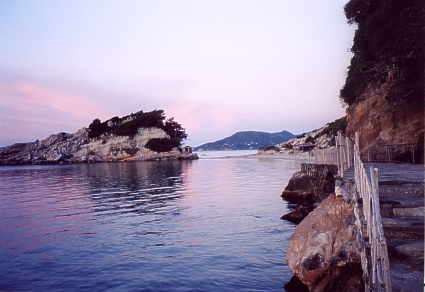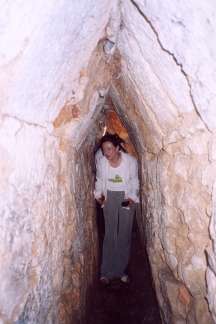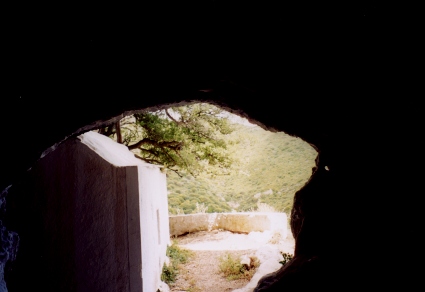TERESA CARRUBBA

In an era of myths, heroes and philosophers the beginning of Samos?s story is lost in the mists of time.
It is not known exactly when the island was inhabited but it is though that it was in the Neolithic age (the third millennium B.C. The historians say that the earliest colonists were the Phoenicians and the Pelagians who brought the myth of Hera to the island. The names of Samos?s towns Imrassos, Chesios and Astypalaia have clear ties with Asia Minor.
The first colonists who came from Asia were followed by the inhabitants of Mycenae, who traditionally were thought to be close to the mythical King Angaeus (1300 B.C.). A king who took part in the expeditions of the Argonauts and was recognised by all the ancient authorities as the founder of the city of Samos.
Samos reached its acme under the tyrant Polycrates (532 ? 522 B.C.) and this was when the island grew thanks to its naval power and its innovative ships, founding its colonies. Samos, which constructed the bridge between Greece and Asia Minor, fought for many years to remain independent and at the same time it flourished. 
This could be why Samos was the birthplace of so many geniuses like the astronomer and mathematician Aristarchus who was the first to study the movement of the Earth. Then there was Callistatus who established the 24 letters of the alphabet, the architects and sculptors Rhoikos and Theodoros, who built the famous temple of Hera and the painters Calliphon, many of whose paintings can be seen in the Temple of Artemis in Efeso.
But Pythagoras, the philosopher, mathematician and musician (580 – 500 B.C.) is undoubtedly the most famous of Samos?s sons. In science and art he found the knowledge and experience which allowed him to occupy a place of maximum prestige among the intellectuals of his time. His genius, married to his asceticism and his studies allowed him to develop such knowledge that his discoveries and theorems are still used today. 



